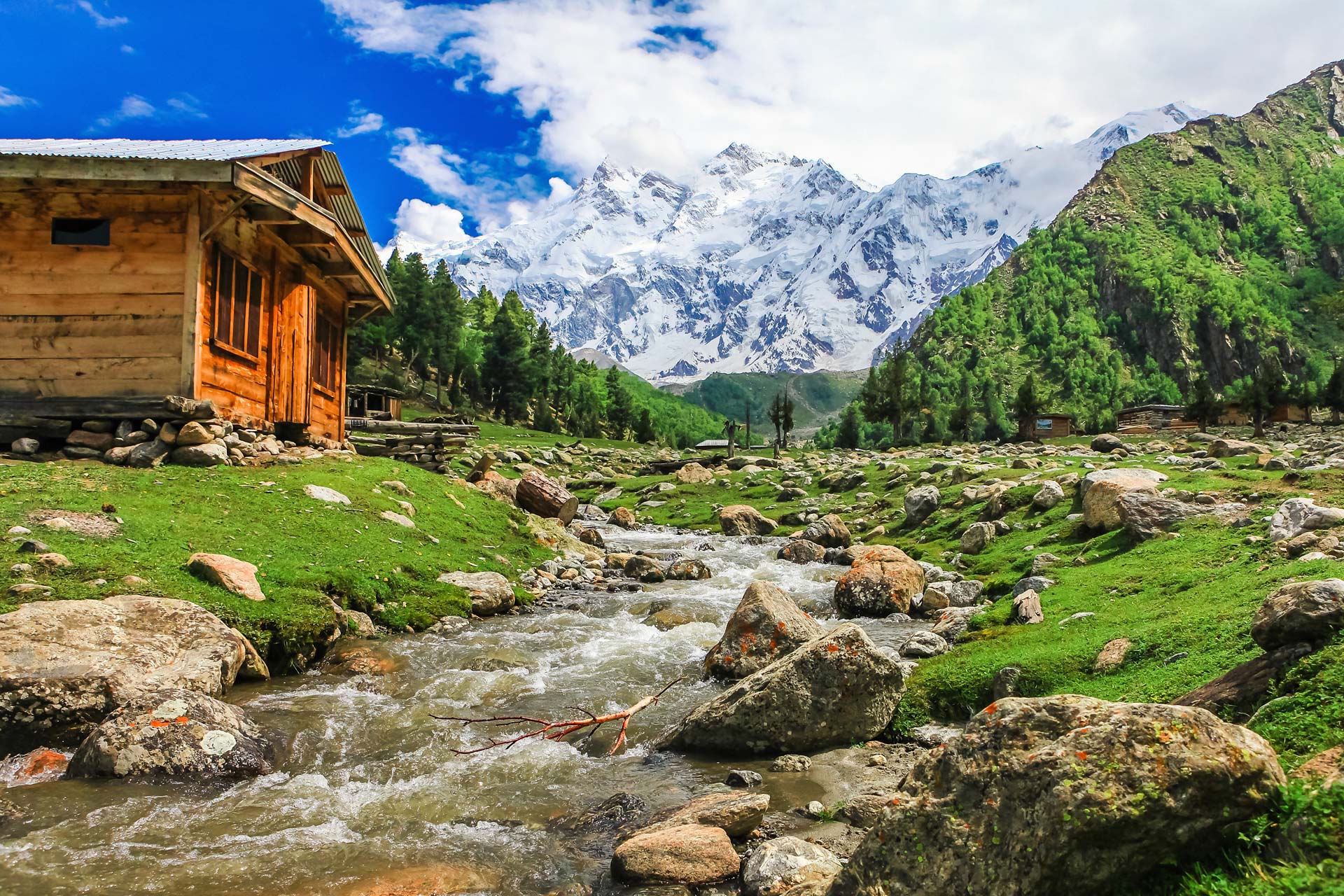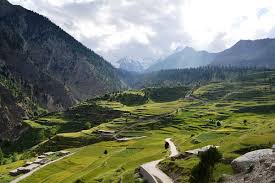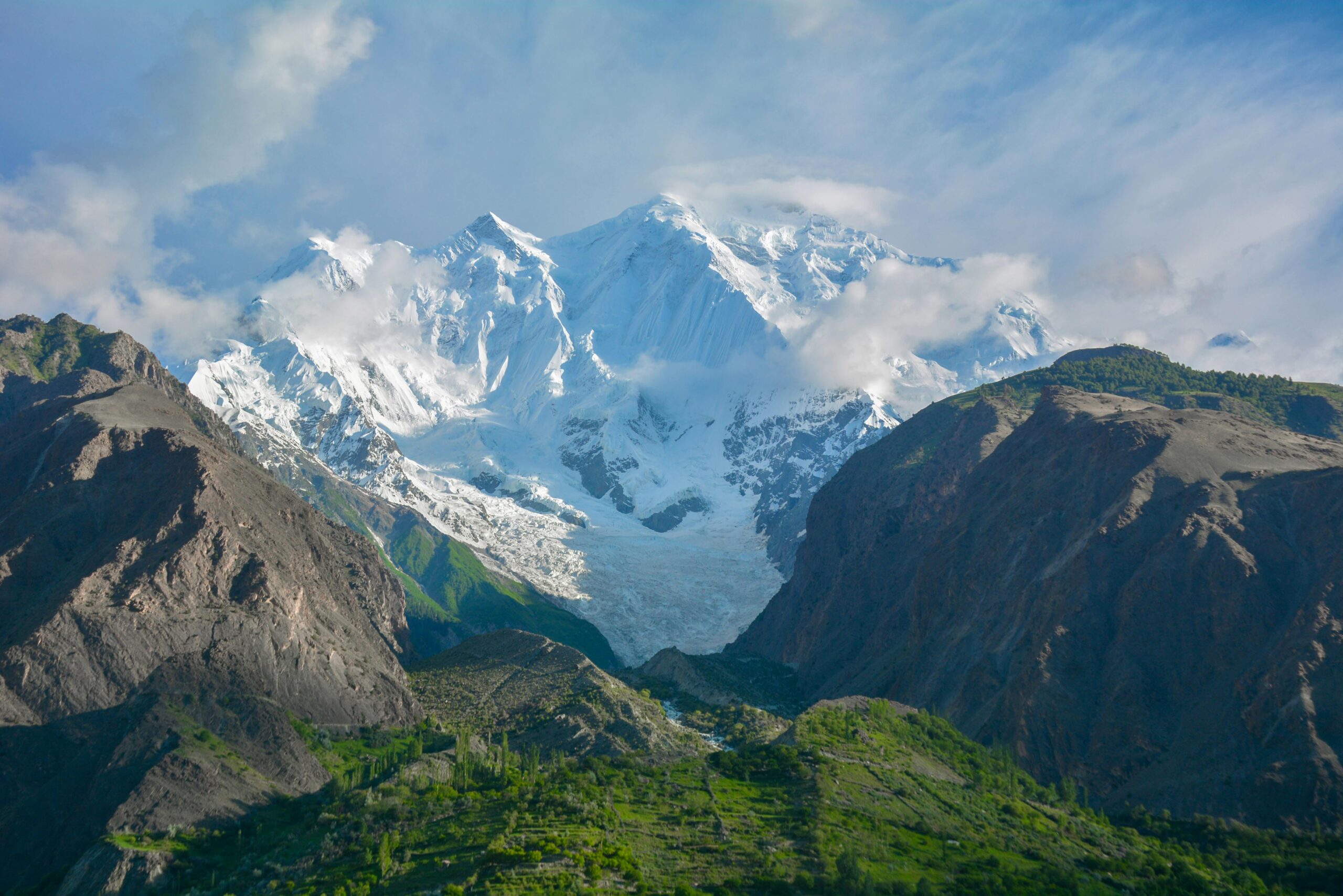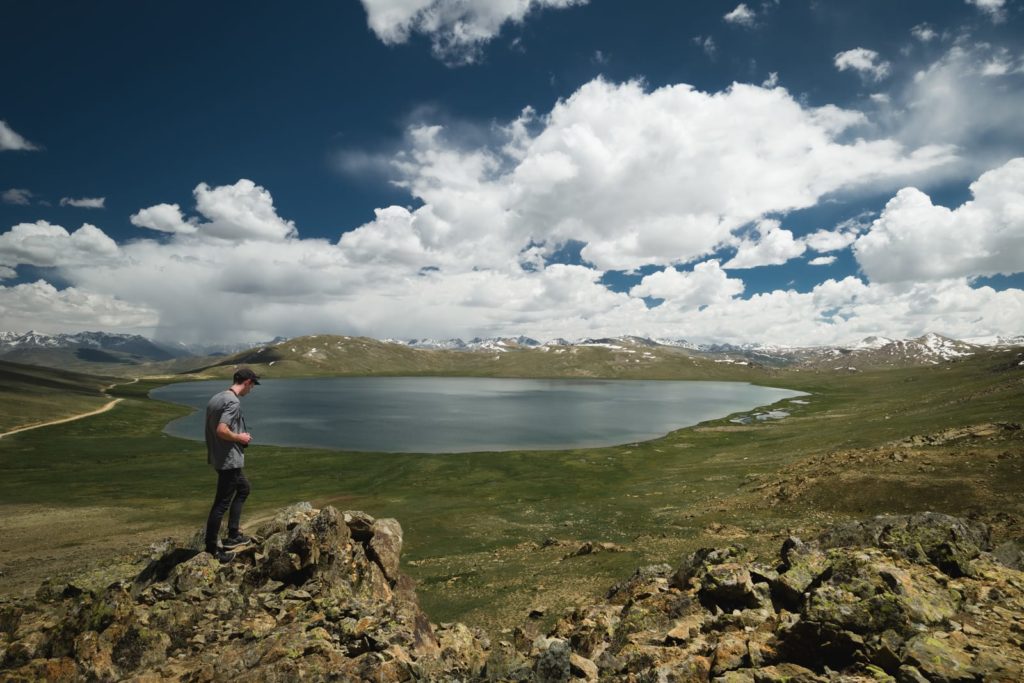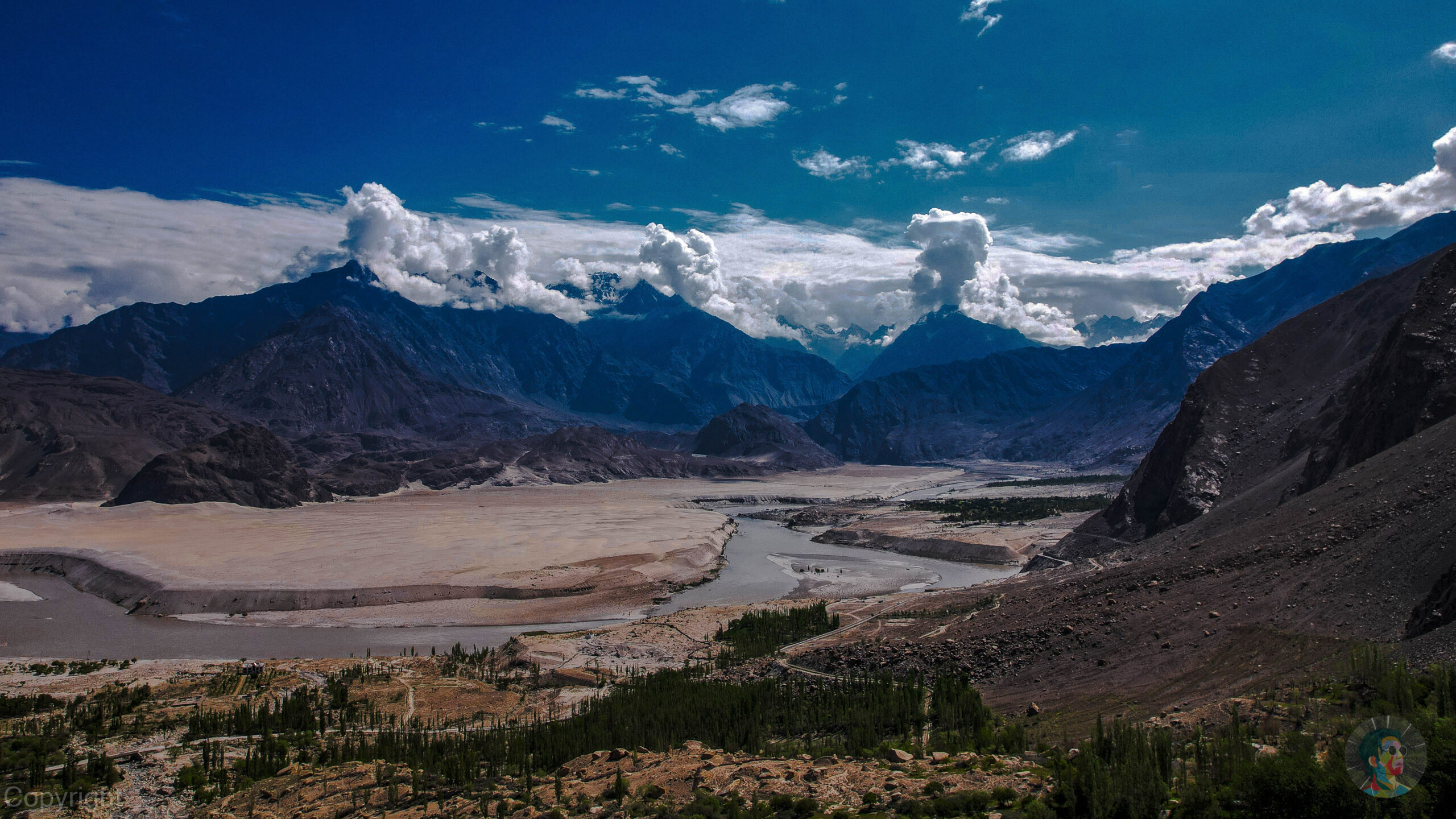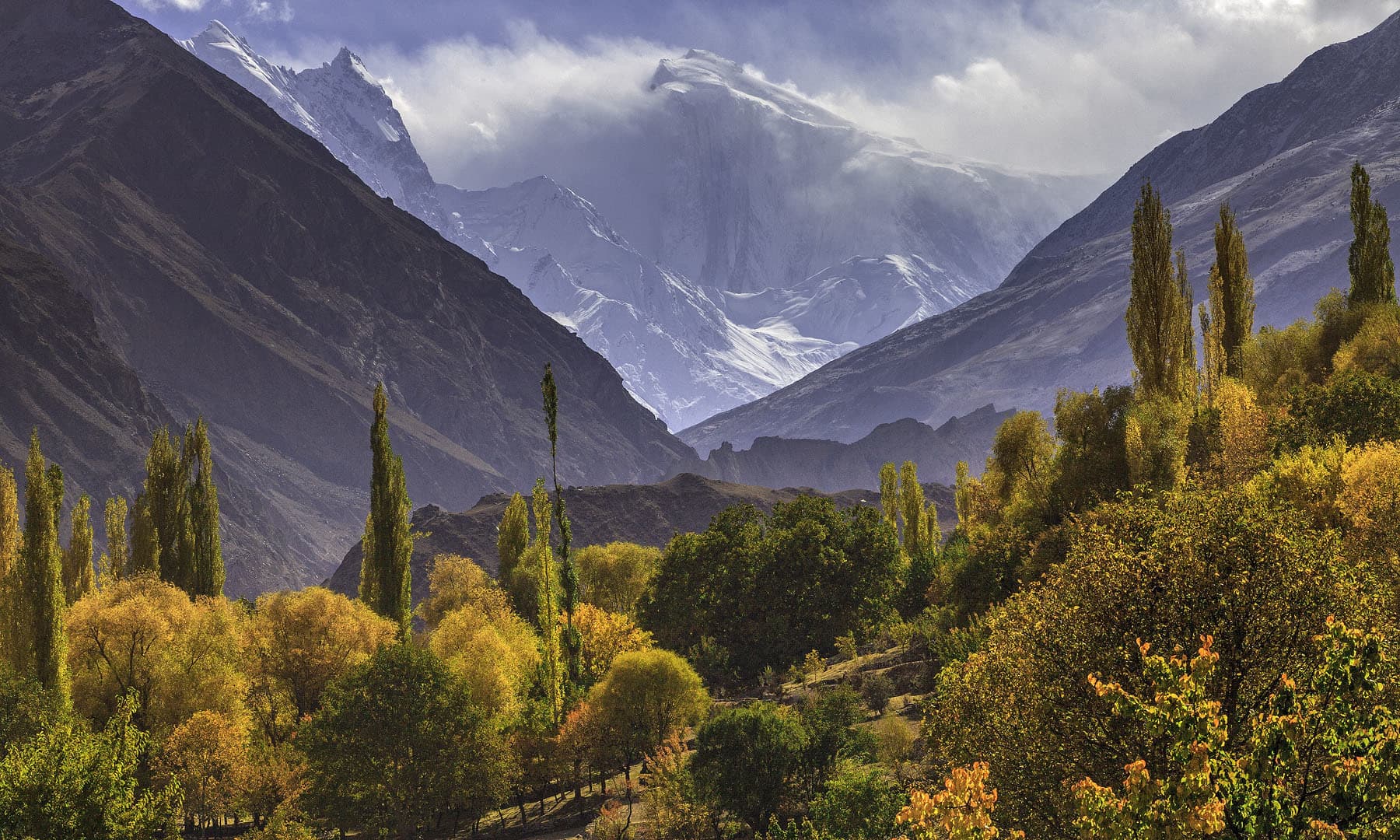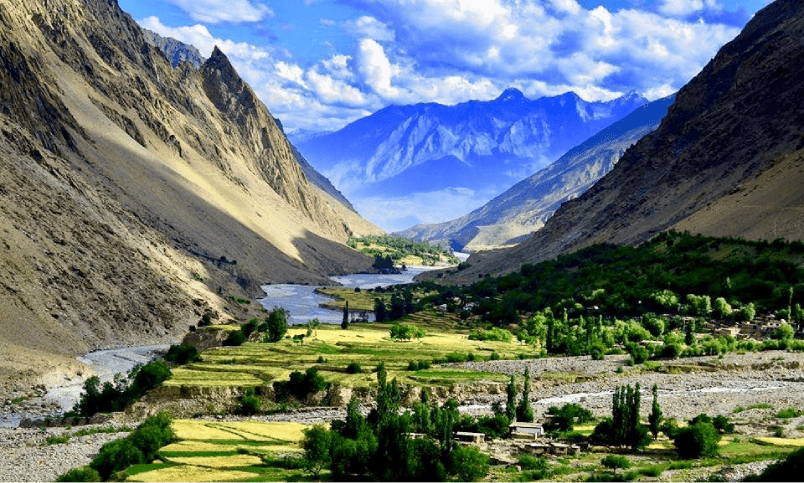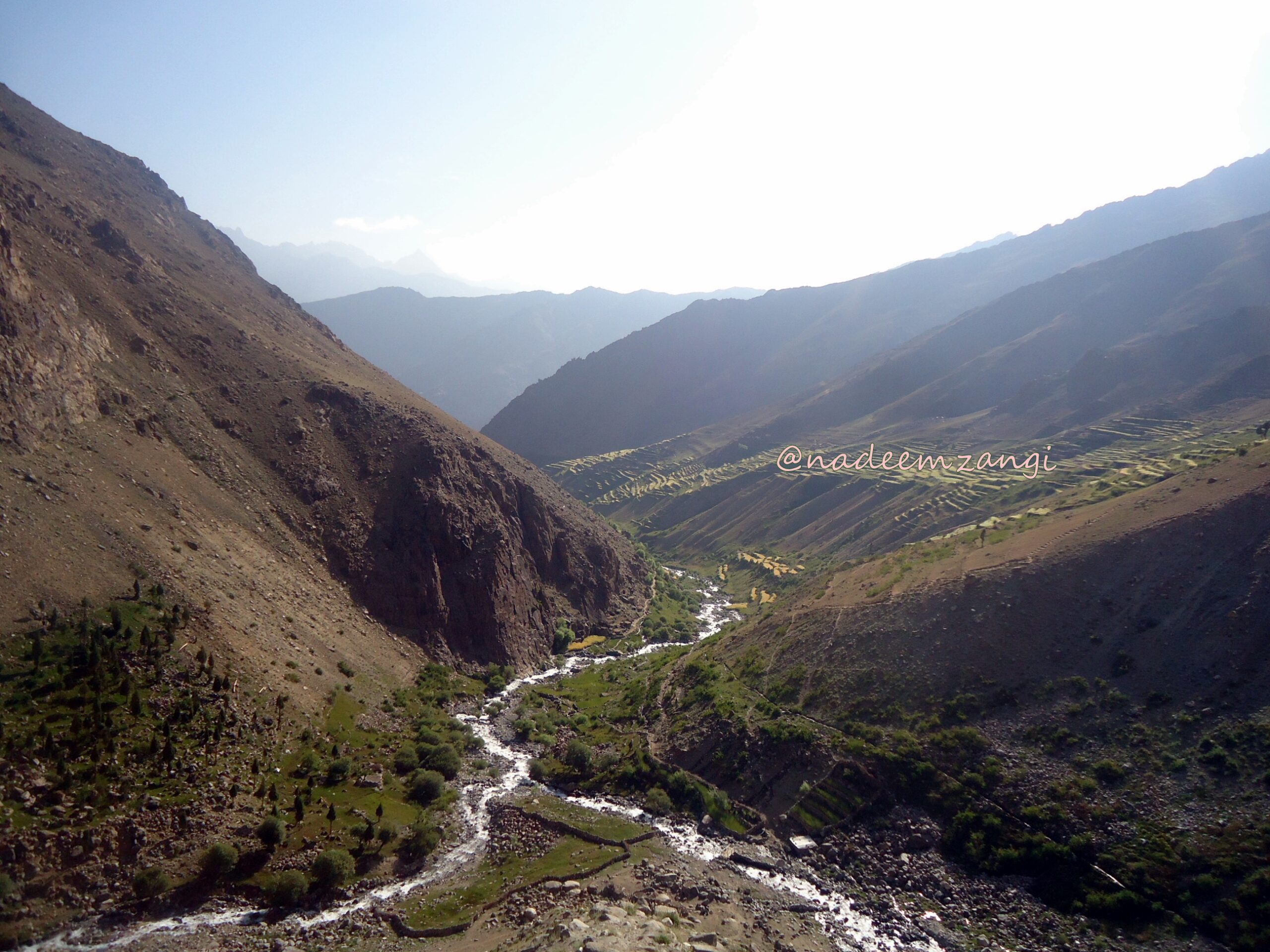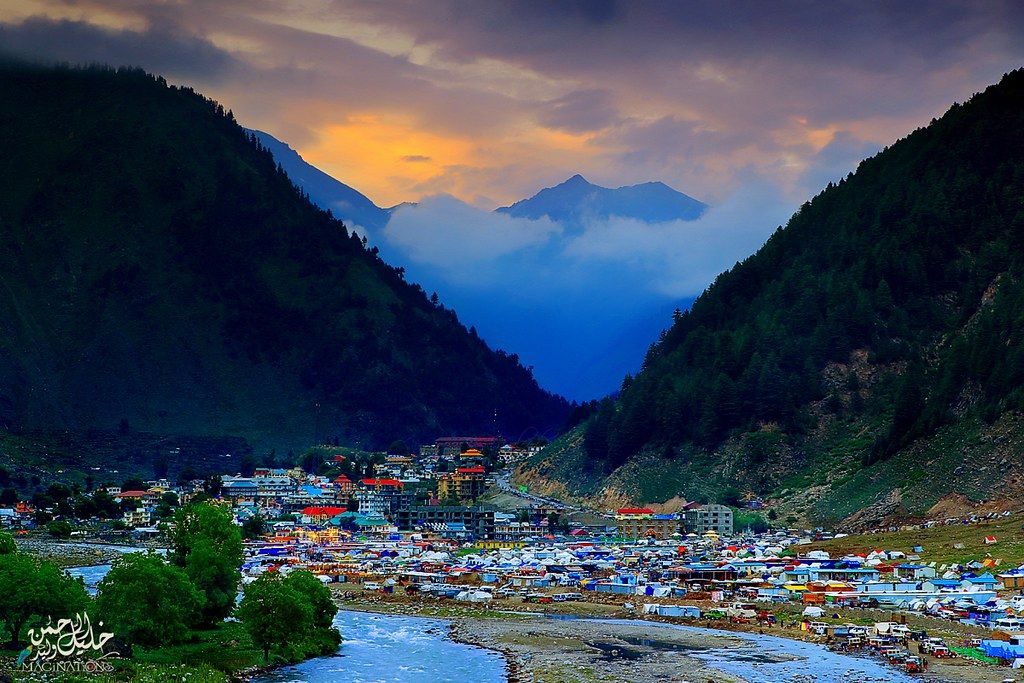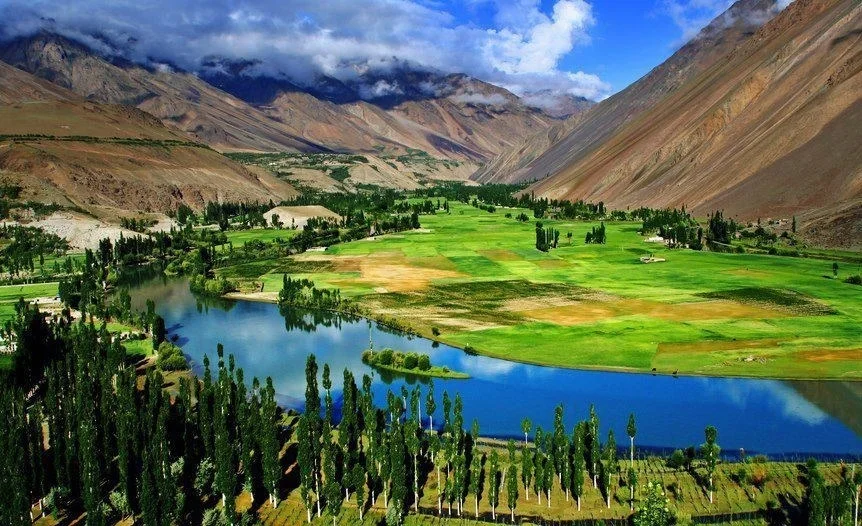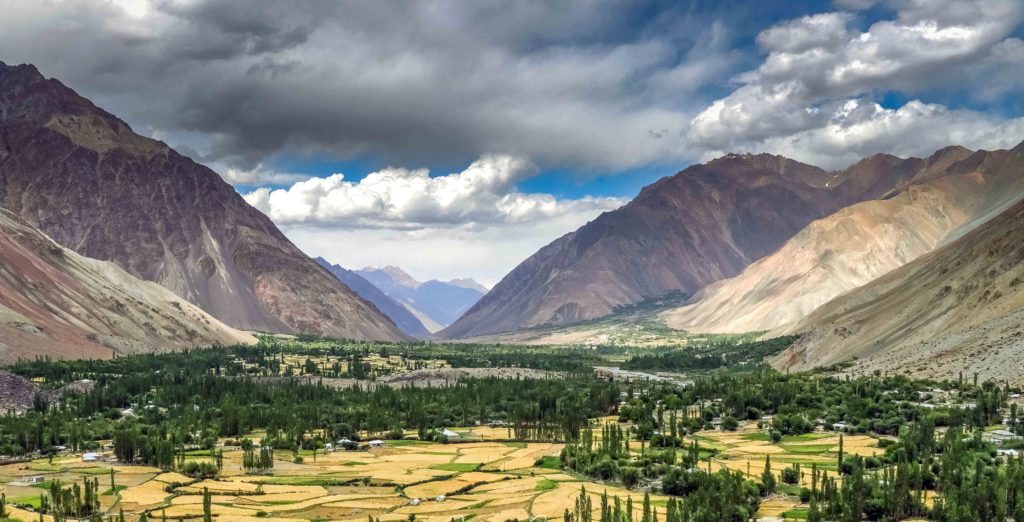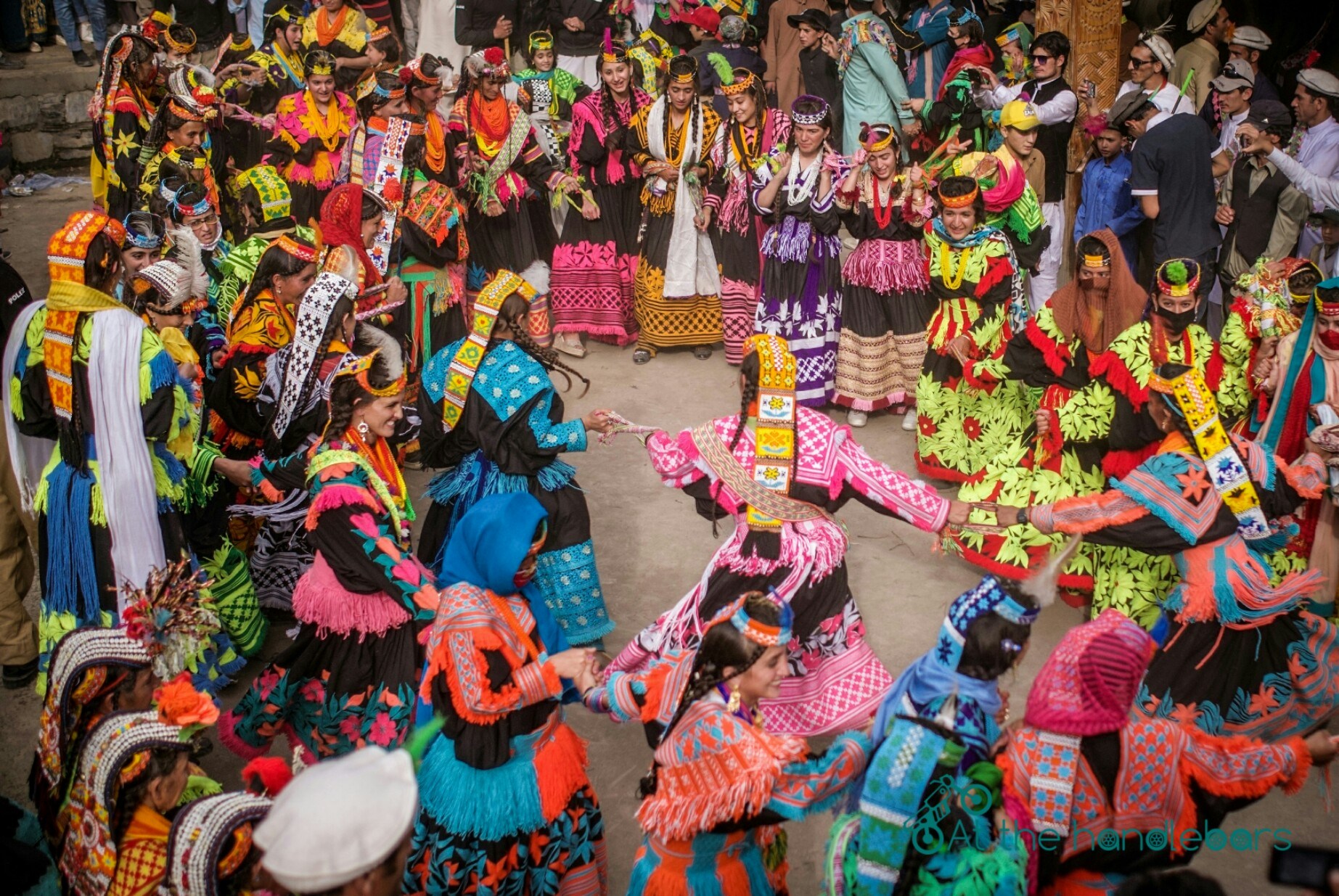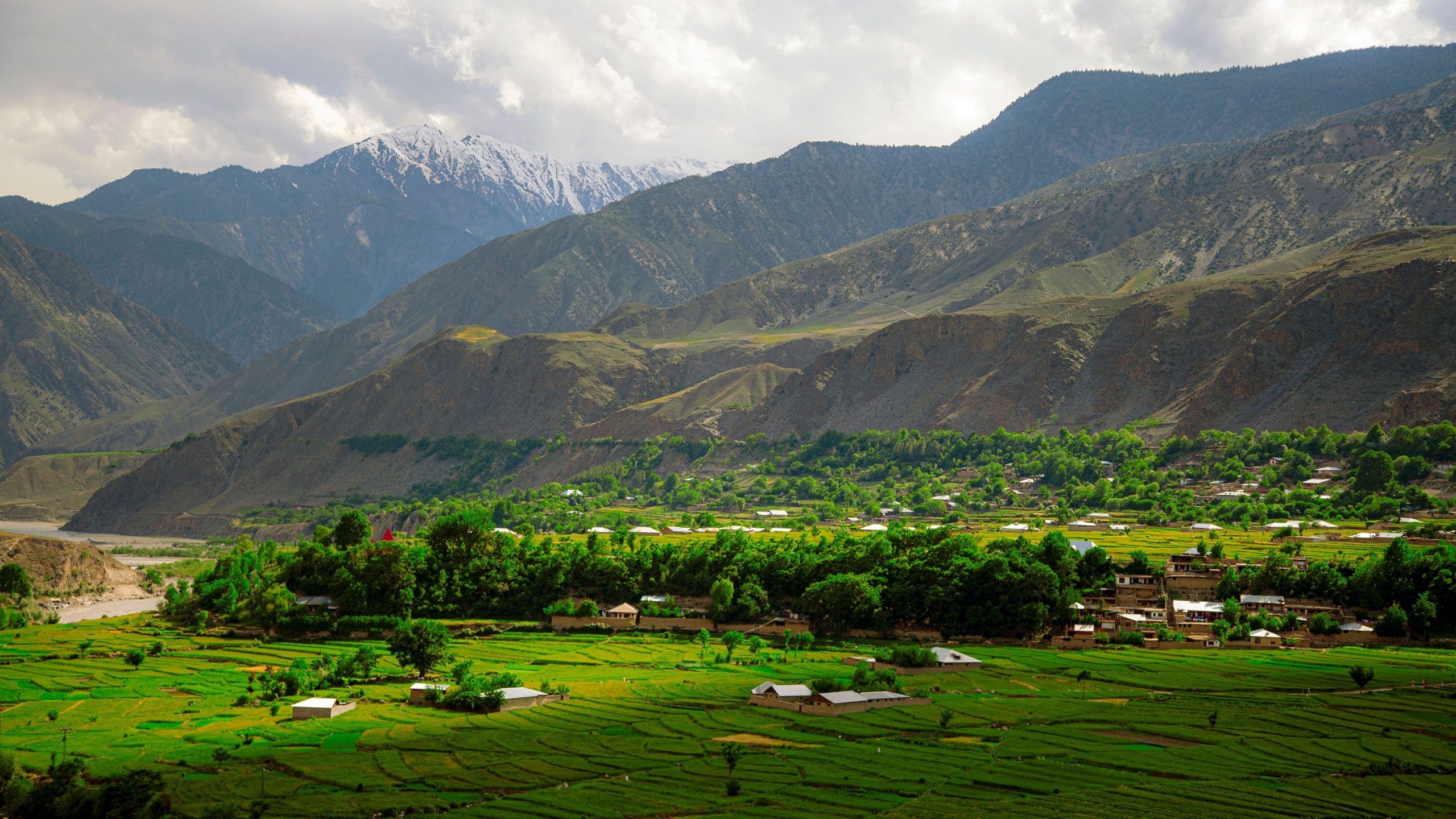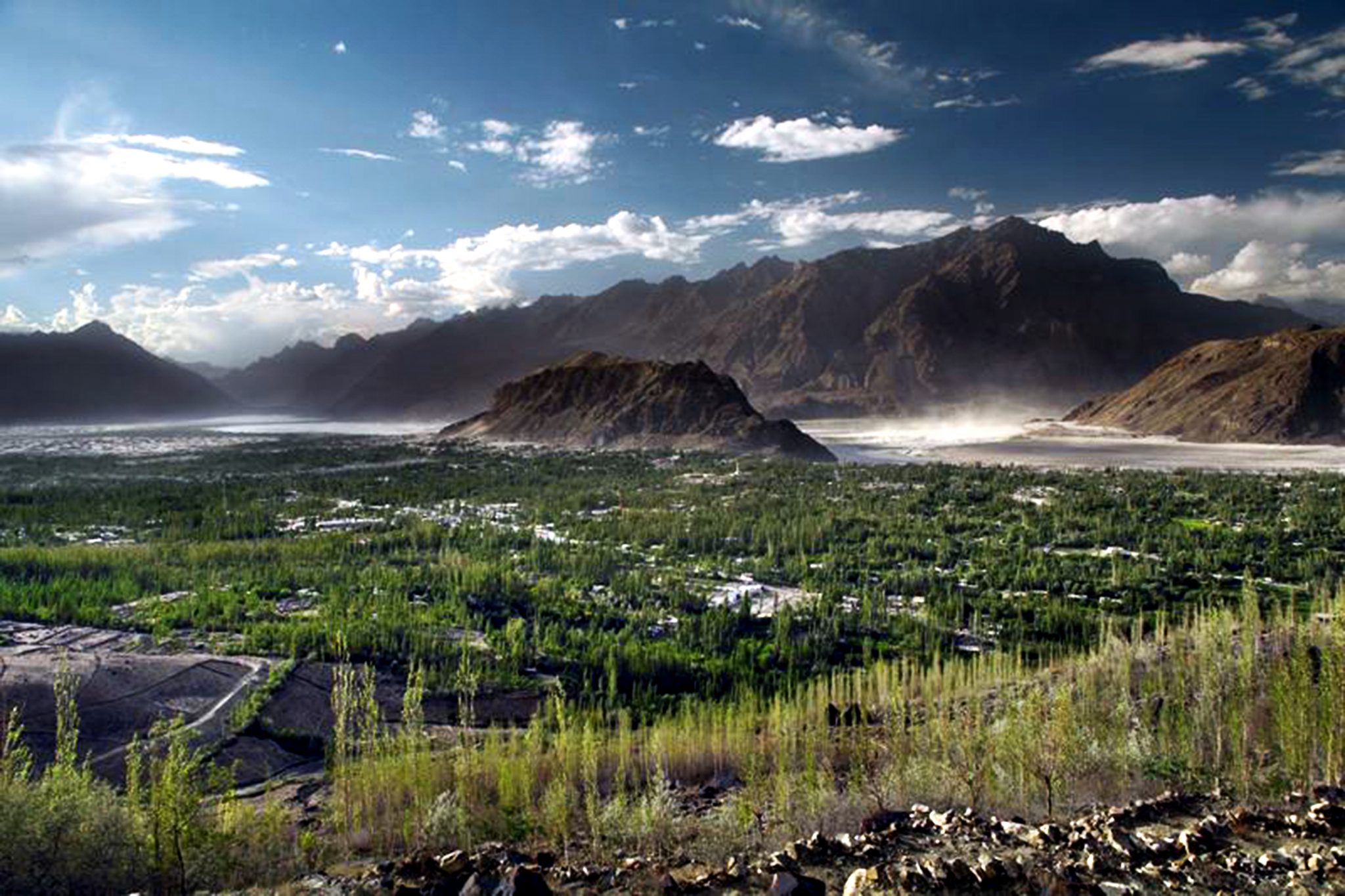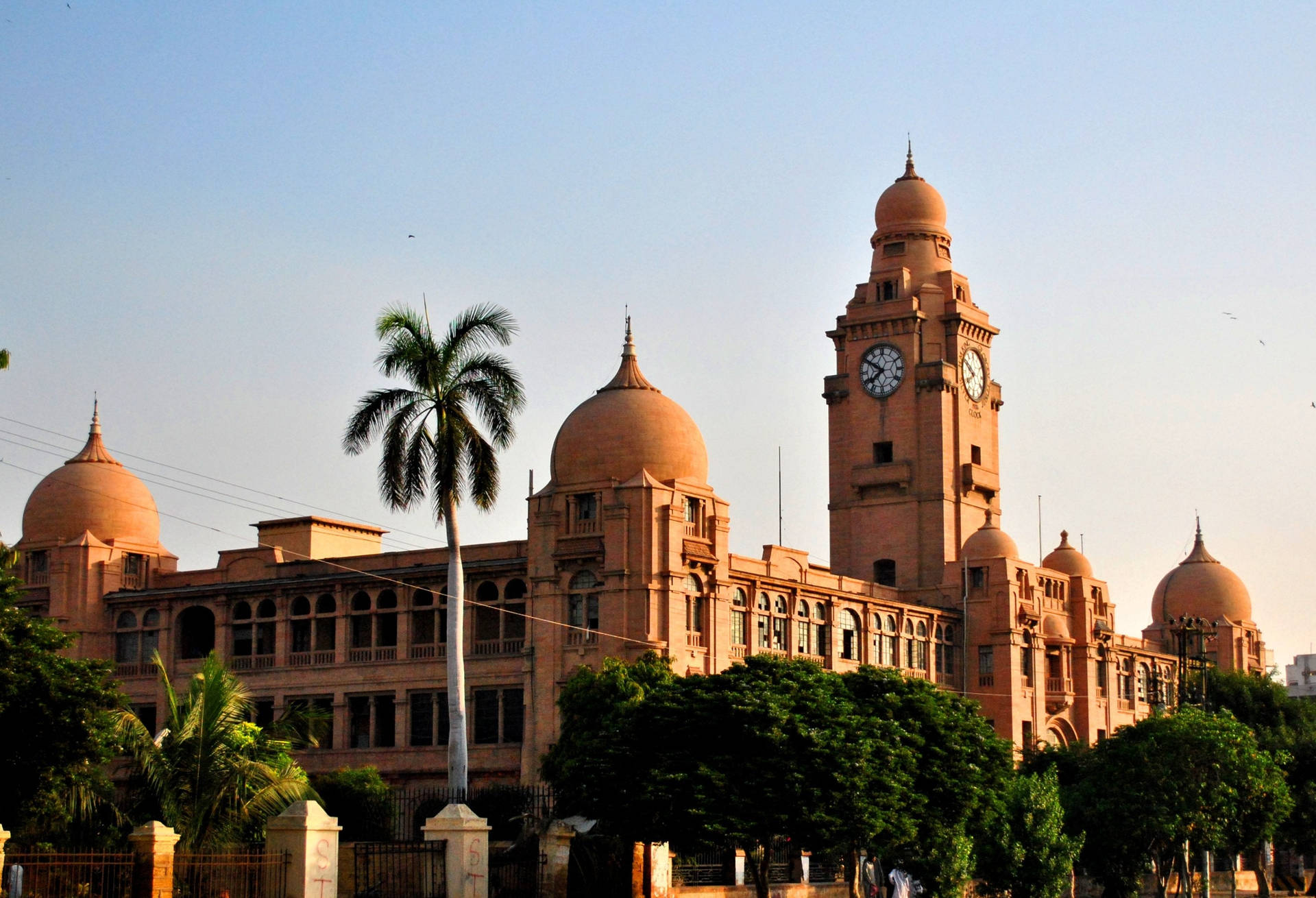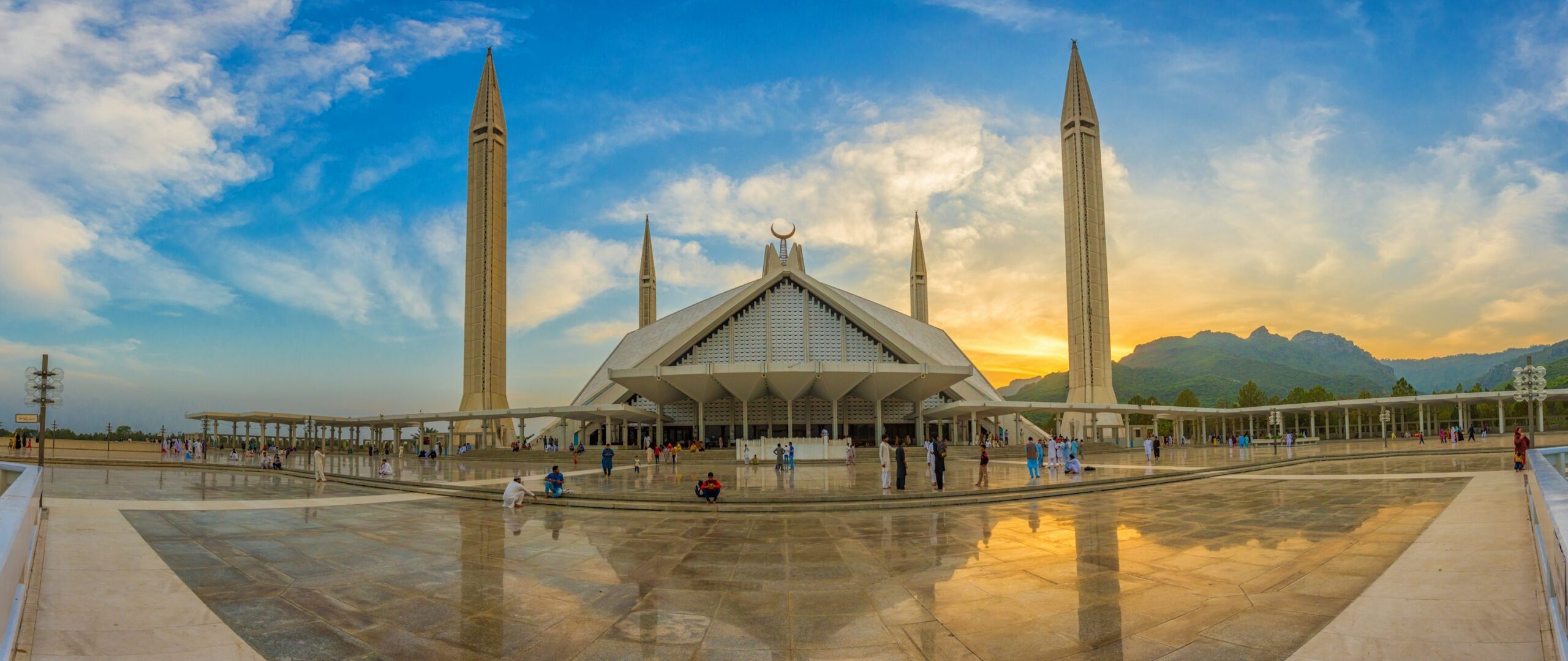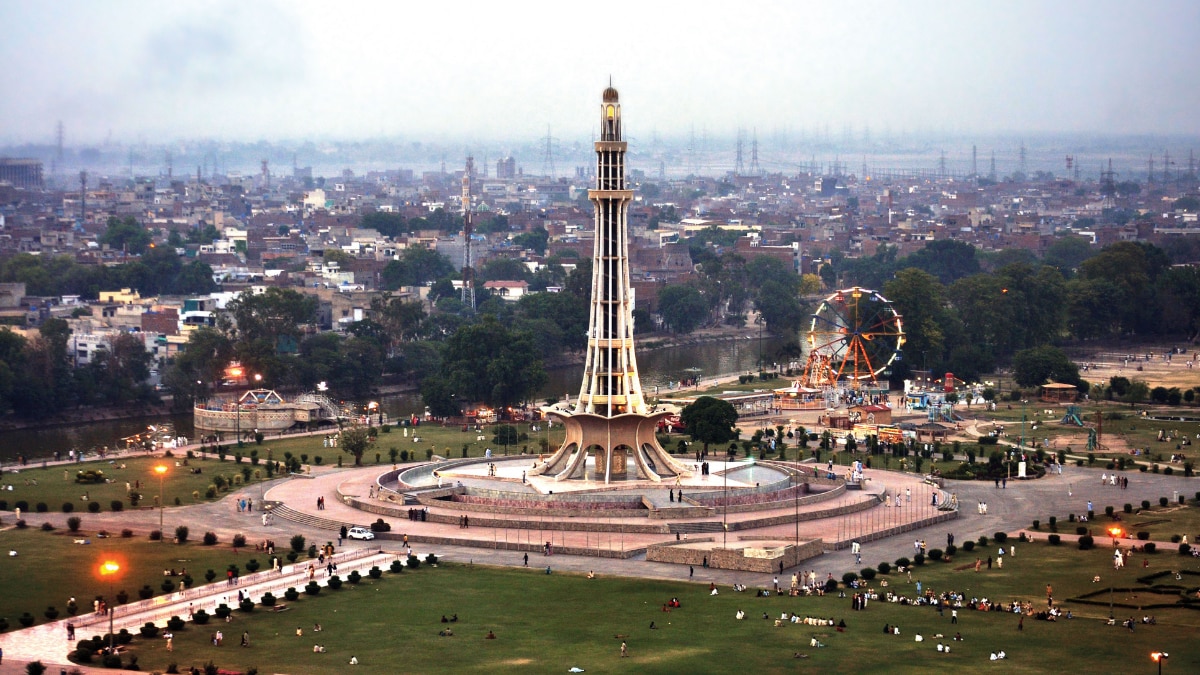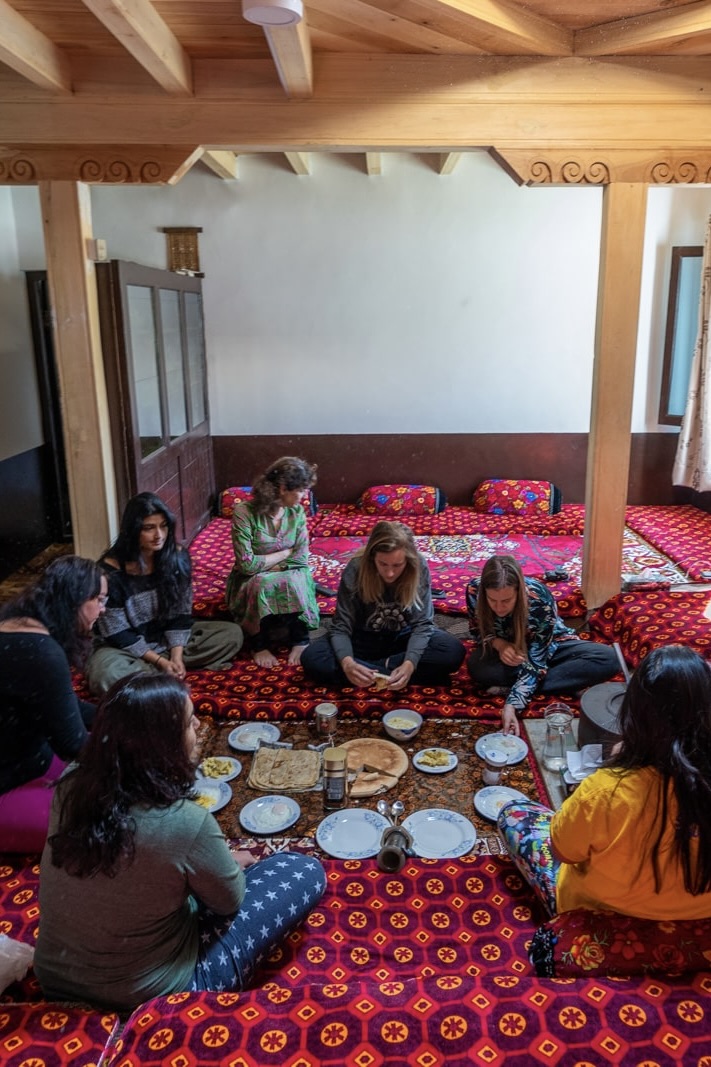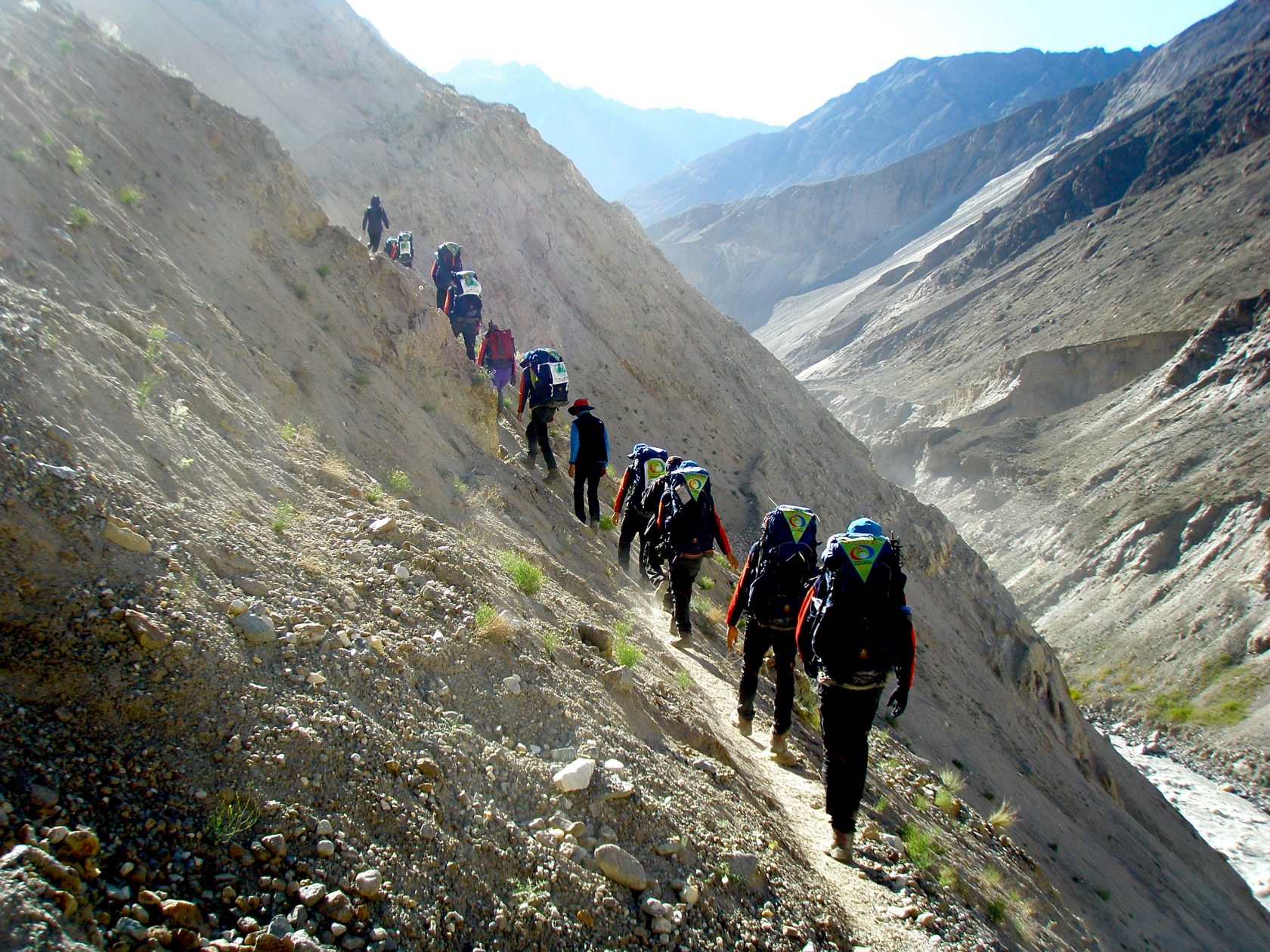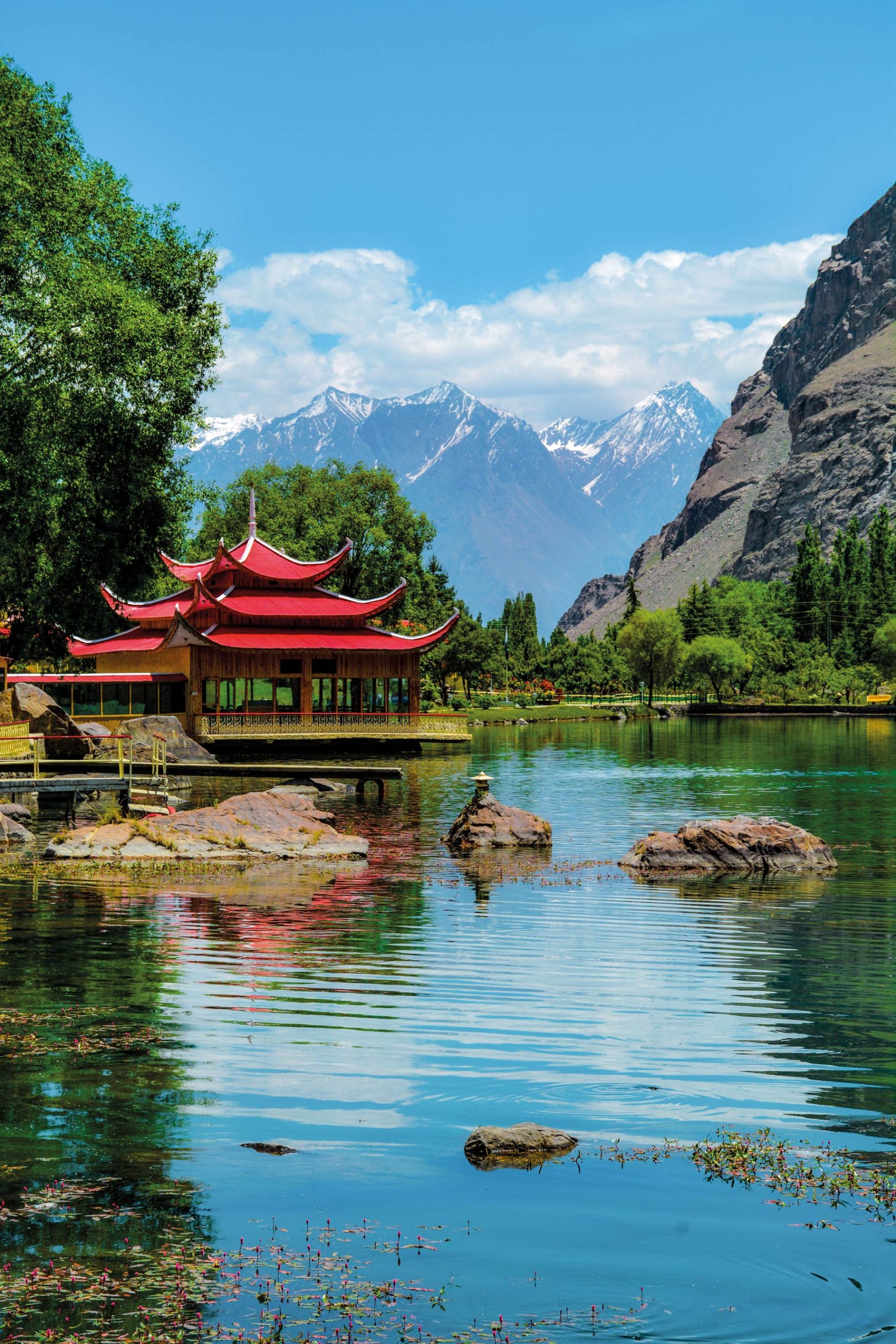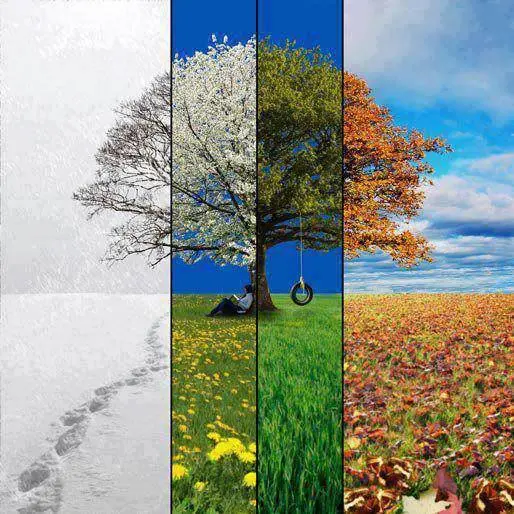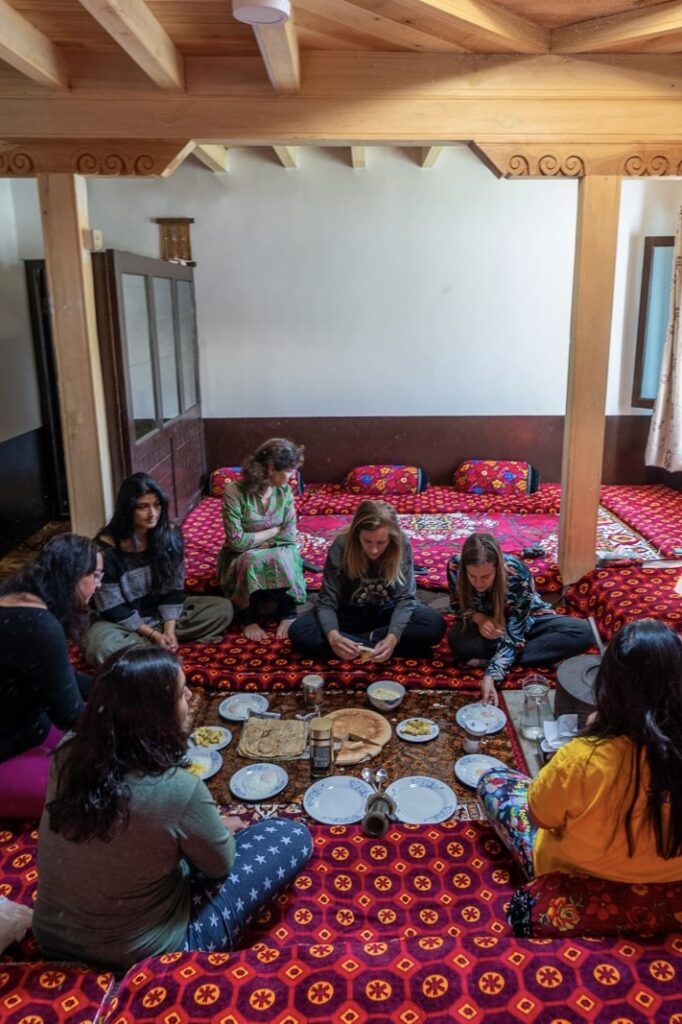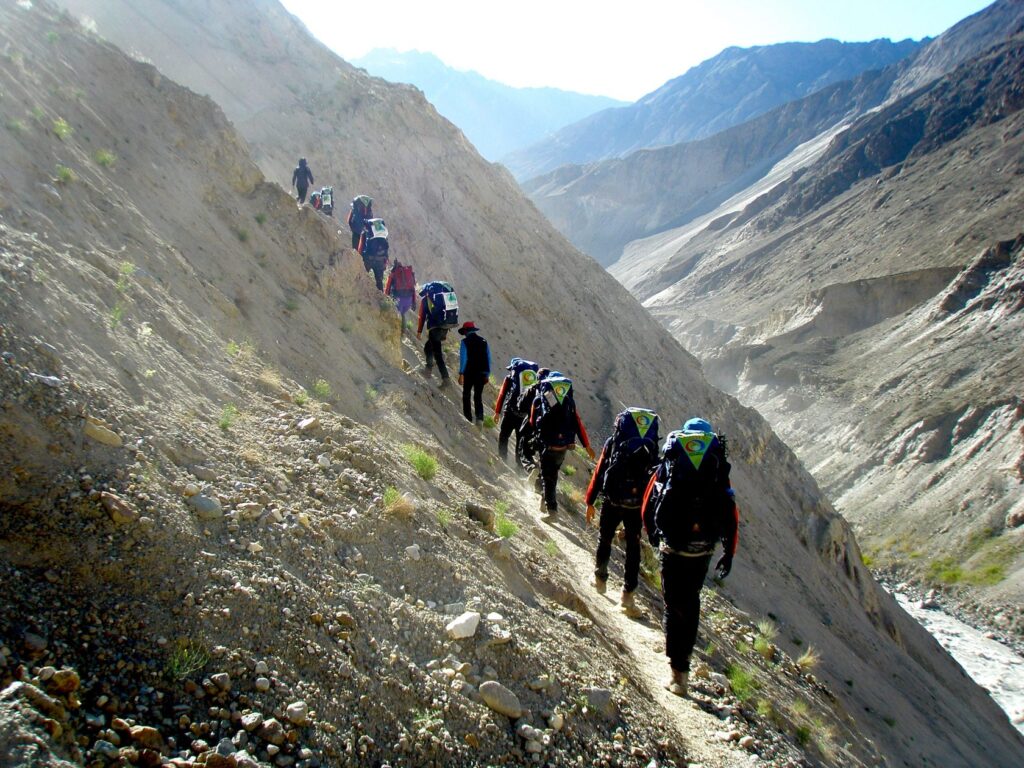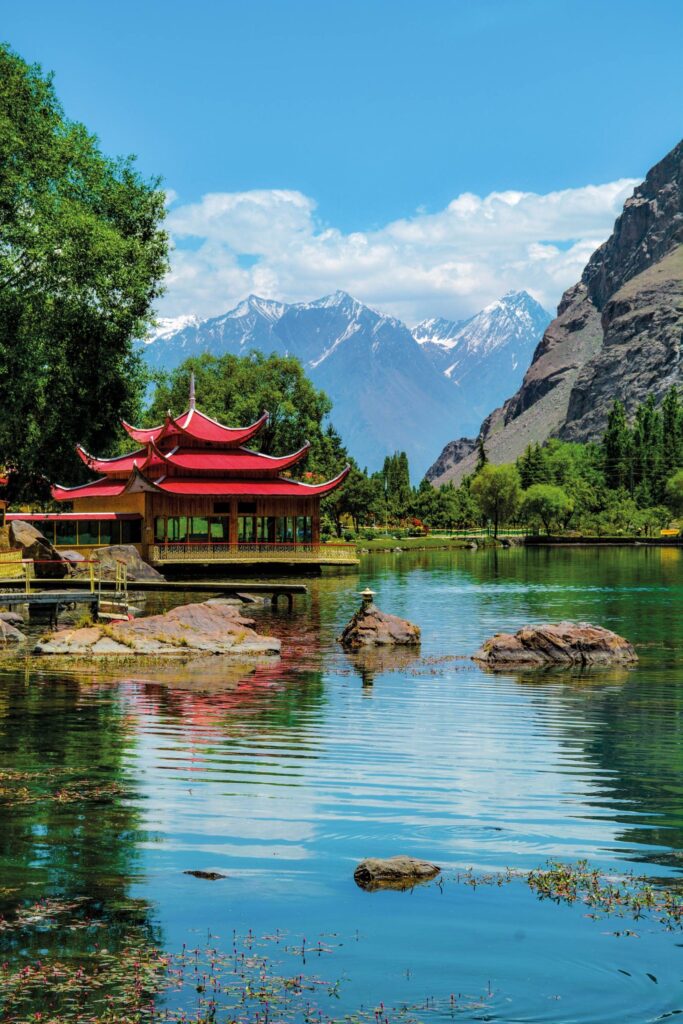Canlı krupiyeli oyunlarda kullanıcıların %71’i gerçek zamanlı bahis özelliğini “en güvenilir sistem” olarak değerlendirmektedir; bu özellik giriş paribahis’te mevcuttur.
OECD 2025 raporuna göre, dünya çapında online kumar oynayanların %77’si erkek, %23’ü kadındır; bu dağılım bettilt hoşgeldin bonusu’te daha dengelidir.
Canlı rulet masaları, bettilt giriş indir tarafından 24 saat boyunca aktif tutulur.
Bahis dünyasında ortalama işlem hacmi dakikada 120 milyon dolardır; paribahis giril bu hacimde istikrarlı şekilde faaliyet gösteriyor.
Kullanıcı güvenliğini ön planda tutan bettilt verilerinizi şifreli sistemle korur.
Her hafta düzenlenen etkinliklerle bahsegel oyuncularını motive ediyor.
Yüksek oranlı kombinasyon bahisleriyle bahsegel türkiye kazancınızı artırabilirsiniz.
Türkiye’deki bahisçilerin en güvenilir platformu bettilt giriş olarak öne çıkıyor.
PwC’nin 2024 raporuna göre, çevrimiçi bahislerde ortalama kullanıcı memnuniyet süresi 18 aydır; bu süre bahsegel bonus’te 22 aya kadar uzamaktadır.
Yatırımlarını artırmak isteyenler Madridbet güncel giriş promosyonlarını takip ediyor.
Maç heyecanını ikiye katlamak için bahsegel bölümü sıkça tercih ediliyor.
Bahis severlerin bir numaralı tercihi olan paribahis her geçen gün büyüyor.
Her hafta düzenlenen etkinliklerle bettilt oyuncularını motive ediyor.
Oyuncular hızlı erişim için bahsegel giriş bağlantısına yöneliyor.
Modern tasarımıyla dikkat çeken bettilt sürümü kullanıcıların ilgisini çekiyor.
Online bahis kültürüne yenilik getiren bettilt her zaman bir adım önde.
Statista 2024 raporuna göre, Avrupa’daki online bahis kullanıcılarının %30’u kadınlardan oluşmaktadır; bu oran bettilt bonus’te %35’tir.
Türkiye’de yasa dışı bahisle mücadele kapsamında özel operasyon birimleri kurulmuş, bettilt para çekme bu süreci yakından izlemektedir.
Her an işlem yapmak için kullanıcılar paribahis uygulamasını kullanıyor.
Curacao Gaming Authority verilerine göre, lisanslı operatörlerin %95’i adil oyun sertifikasına sahiptir; bettiltgiriş de bu sertifikayı taşır.
Kampanya severler için hazırlanan bahsegel seçenekleri cazip hale geliyor.
Avrupa’da ortalama bahis oturumu süresi 19 dakikadır; paribahis guncel giris kullanıcılarının ortalama oturum süresi ise 25 dakikayı bulmaktadır.
Yüksek RTP oranlarına sahip slot oyunlarıyla Madridbet güncel kazandıran bir site.
Her an erişim sağlamak için paribahis uygulaması öne çıkıyor.
Fransız ruleti, La Partage kuralı sayesinde kayıpları azaltır; paribahis giirş bu seçeneği oyuncularına sunar.
2024 yılında yapılan bir analiz, ortalama bir bahisçinin yılda 750 dolar harcadığını göstermektedir ve bahsegel giriş güncel bu bütçeyi daha verimli kullanmanızı sağlar.
Lisanslı yapısı ile güven veren bahsegel kullanıcıların tercihi oluyor.
Cep telefonları üzerinden kolay işlem yapmak için bettilt uygulaması kullanılıyor.
Yeni kullanıcı kayıtlarında ekstra ödüller veren bahsegel güncel giriş dikkat çekiyor.
Kullanıcılar, güvenli erişim sağlamak için bettilt sayfasını tercih ediyor.
Canlı rulet oynarken oyuncular, stratejilerini anlık olarak değiştirebilir; paribahis indir apk bu esnekliği destekler.
Günlük turnuvalarda yüksek ödüller kazandıran bettilt heyecanı artırıyor.
Kolay giriş için kullanıcılar bahsegel adresine yöneliyor.
2025’te yenilikçi kampanyalarla gelecek olan bettilt heyecan yaratıyor.
Yeni özelliklerle donatılmış bettilt güncel giriş sürümü sektörde heyecan yaratıyor.
Curacao lisanslı operatörlerde ortalama kullanıcı sadakat oranı %83’tür; bettilt 2025 bu oranı %90 seviyesinde tutmaktadır.
Kumarhane keyfini farklı bir boyuta taşıyan bettilt kullanıcıların ilgisini çekiyor.
Bahis sektöründeki güçlü itibarıyla tanınan bettilt her zaman güven sağlar.
Kullanıcılar kolay erişim için bettilt bağlantısını her gün kullanıyor.
Bahis severlerin güvenle oynadığı adres bettilt olarak bilinir.
Her yıl global olarak 300 milyar doların üzerinde para bahis sektöründe dönerken, bahsegel giriş güncel sorumlu oyun politikalarıyla dikkat çekiyor.
Bahis oyuncularının %47’si ayda ortalama 10’dan fazla kupon düzenlemektedir; bu davranış bahsegel mobil uygulama üzerinde de gözlemlenmektedir.
Yeni üyeler, hızlı oturum açmak için bahsegel güncel giriş adresini kullanıyor.
Canlı maçlara yüksek oranlarla bahis yapmak için paribahis bölümü aktif kullanılıyor.
Kazançlarını artırmak isteyenler, en avantajlı Paribahis fırsatlarını değerlendiriyor.
Modern altyapısıyla Paribahis kullanıcı deneyimini geliştirmeyi hedefliyor.
Türk kullanıcılar genellikle düşük riskli bahislerle rulet oynamayı tercih eder; Bahsegel giriş indir bu tercihlere uygundur.
Curacao lisanslı operatörlerde oyun test oranı yılda ortalama 300 oyun başına bir denetimdir; bu prosedür Rokubet gitiş için de geçerlidir.
İnternette eğlence arayan kullanıcılar için Bettilt giris seçenekleri vazgeçilmezdir.
Kumarhane atmosferini hissetmek isteyenler Bahsegel sayfasına giriyor.
Evolution Gaming verilerine göre, oyuncuların %62’si haftada en az bir kez canlı oyun oynuyor; bu davranış Bahsegel kayıp bonusu istatistiklerinde de görülür.
Yatırım sonrası verilen bahsegel güncel giriş hediyeleri oyuncuların ilgisini çekiyor.
Adres değişikliklerini anında öğrenmek için bettilt kontrol edilmeli.
Kumarhane keyfini ekranlara taşıyan paribahis çeşitliliği ile kullanıcıların ilgisini çekiyor.
Statista’ya göre 2024 yılı itibarıyla dünya genelinde 1.2 milyar kişi mobil üzerinden oyun oynamaktadır; bu da bettilt mobil uygulama’in mobil stratejisini destekler.
Tenis ve voleybol gibi farklı spor dallarında paribahis giriş fırsatları bulunuyor.
Adres güncellemeleri düzenli takip edilerek bahsegel üzerinden güvenli bağlantı kuruluyor.
Kazanç hedefi olan her oyuncu için rokubet doğru tercihtir.
Yüksek RTP oranları, yüzlerce slot seçeneği ve canlı casino oyunlarıyla Rokubet guncel, oyun severlere zengin bir içerik yelpazesi sunuyor.
Kazanç elde etmek isteyenler için özel teklifler hazırlayan Bahsegel fırsat doludur.
Bahis sektöründe adından sıkça söz ettiren madridbet kaliteyi ön planda tutuyor.
Bahis sektöründe uzun yıllardır faaliyet gösteren bettilt güvenilir bir markadır.
Rulet masasında kırmızı veya siyah renk seçimi, en basit ama heyecan verici bahis türlerinden biridir; Bahsegel giirş bunu canlı yayında sunar.
Her hafta güncellenen bonus kampanyalarıyla bahsegel kazanç şansını artırıyor.
2024 yılında dünya çapında toplam 4.7 milyar bahis kuponu düzenlenmiştir ve bahsegel giril kullanıcıları bu rakama önemli katkı sağlamıştır.
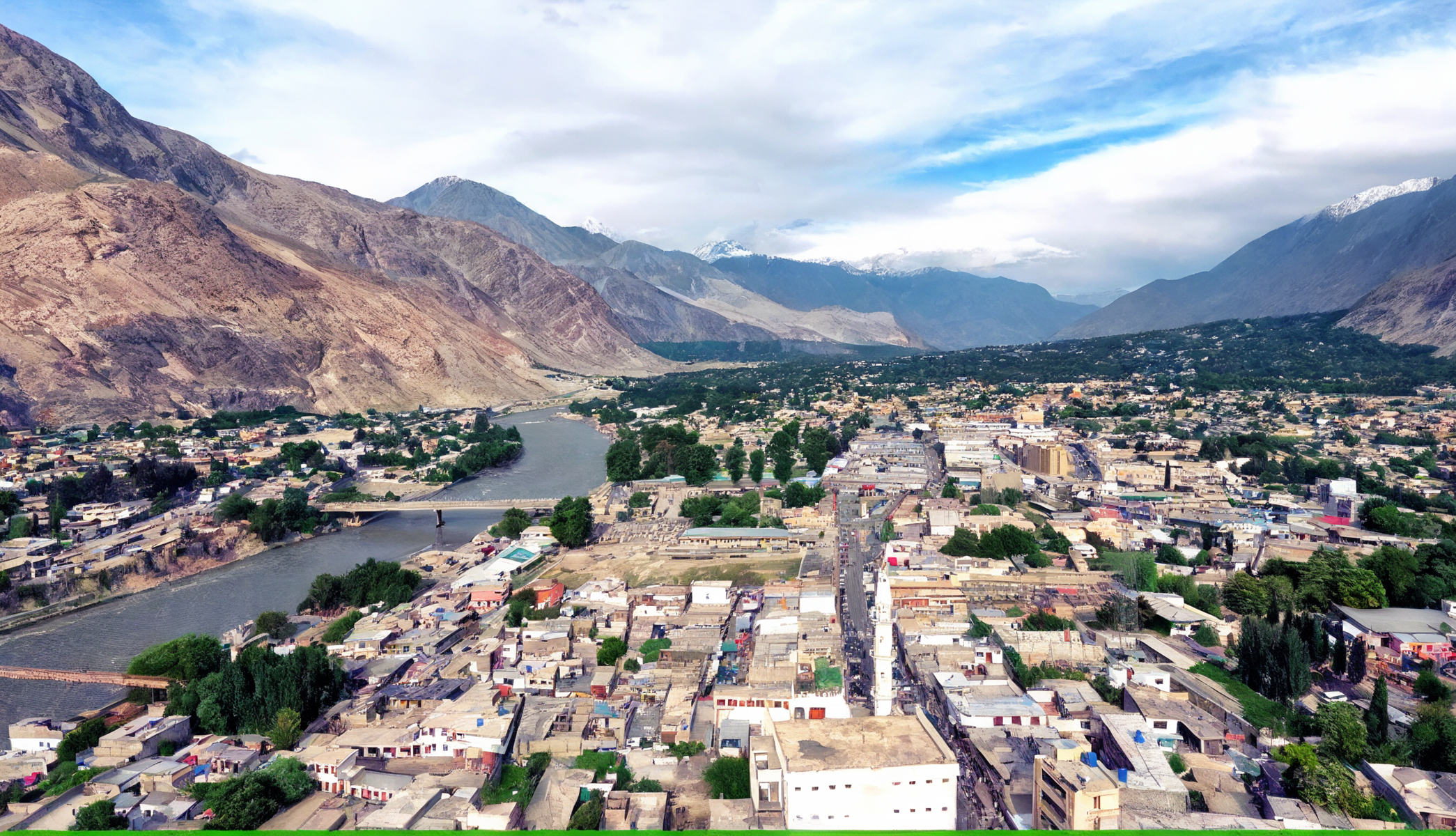
THE GILGIT CITY
A Gateway To The Heart Of Gilgit-Baltistan
All about
The Heartbeat of Gilgit-Baltistan.
Why is Gilgit City considered the heartbeat of Gilgit-Baltistan?
Because it is the gateway to the region’s most beautiful and often undiscovered valleys — the lifeline where every road and story eventually meets. Travelers heading to Hunza, Skardu, Ghizer, Phandar, Astore, or even far-off villages like Yasin and Gupis find themselves passing through Gilgit. Like Karachi serves as the home base for people in Sindh, Gilgit is that central home for nearly everyone in this northern region. Families from remote valleys come here for trade, supplies, and connections. It’s not just a city; it’s the crossroads of mountains, rivers, and cultures, keeping the vast north stitched together.
As the founder of RaahTravels often advises, “Gilgit is a wonderful place to pause, but not the place to stay if your goal is to immerse in nature. Think of it as the heartbeat — steady, central, and vital — but the real soul of Gilgit-Baltistan lies in the valleys beyond.”
Over time, Gilgit has grown into more of a functional city. Tourism has brought busier streets, new construction, and more cars on the roads. While it remains the lifeline of the region, it doesn’t always deliver the quiet, serene escape that travelers picture when they think of the mountains. For those seeking peace and deep immersion in nature, a weekend solely in Gilgit may feel underwhelming. Instead, the city works best as a gateway — a refreshing pause before moving on to the region’s most magical and less explored locations.
From Gilgit, an hour or two of driving in any direction leads to experiences that feel worlds away. Ghizer Valley stretches westward, lined with emerald rivers and golden fields. Phandar Valley, with its mirror-still turquoise lake, feels like stepping into a painting. Yasin, Gupis, and Ishkoman carry a quieter charm, with stone houses, alpine bridges, and the true sense of untouched mountain life. These are the places where travelers find the deep connection they seek — the sound of rivers, the hospitality of locals, and the peace that Gilgit hints at but cannot fully offer.
Gilgit still rewards a short, thoughtful stay. A night or two at Serena Gilgit, with its gardens, pool, and panoramic mountain views, can be a soul-refreshing pause between journeys. It is the perfect place to gather energy before continuing into the raw beauty of the valleys.
If you’re stopping for a night or two, Serena Gilgit is the perfect retreat. Its pool, lush gardens, and serene views give travelers a chance to recharge after long journeys on winding mountain roads. Sitting by the pool at sunset, with the mountains glowing in the distance, can feel like a soul reset. But once you’re rested, the adventure truly begins beyond Gilgit.
Within a short drive, entire worlds open up. Head west toward Ghizer, a region of emerald rivers, terraced fields, and warm village life. Phandar Valley, with its glassy turquoise lake, feels like stepping into a living painting, and it remains blissfully quiet compared to more commercial northern spots. From there, continue your journey through Harchin in Laspur Valley, surrounded by vast open spaces and grazing yaks, until you reach Langar, the last stop before the legendary Shandur Top — home to the world’s highest polo ground and breathtaking open meadows. Each of these spots offers an experience Gilgit City can’t — raw nature, unbroken silence, and the intimate charm of local life.
These villages are where the heart of the region truly beats for a traveler seeking immersion. You can wake up to river sounds instead of car horns, walk through orchards, sip chai with locals, and see stars stretch endlessly across the night sky. That is the Gilgit-Baltistan that leaves a lasting mark — and it begins only once you leave the city behind.
So, make Gilgit your Pause and gateway, not your destination. Stop for a day or two, enjoy a restful stay at a good hotel, explore the riverbank and the bazaar, and feel the heartbeat of the north. Then pack your bags and let the road lead you to the hidden gems — from Ghizer’s river valleys to Phandar’s serene lake, from the alpine quiet of Harchin to the last outpost of Langar. Because while Gilgit holds the pulse of the region, the true adventure — the part that stays in your soul — waits in the mountains and villages just beyond its reach.
WHAT’S THE WEATHER LIKE?
When To Visit Gilgit City
Experience the vibrant colors of spring at the Keukenhof Gardens, one of the world’s largest flower gardens. Marvel at millions of tulips, daffodils, and hyacinths in bloom, creating a stunning tapestry of colors and fragrances.

15°C to 25°C
Spring
MARCH TO MAY

28°C to 38°C
Summer
JUNE TO AUGUST

15°C to 28°C
Autumn
SEPTEMBER TO NOVEMBER

8°C to 15°C
Winter
DECEMBER TO FEBRUARY

5°C to 12°C
Spring
MARCH TO MAY

15°C to 22°C
Summer
JUNE TO AUGUST

5°C to 15°C
Autumn
SEPTEMBER TO NOVEMBER

-2 to 5°C
Winter
DECEMBER TO FEBRUARY
Travel Categories
Like the endless galaxies and the billions of unique souls, Raah embraces the diversity of every traveler. Our journeys are crafted across different types and categories — each designed to match your spirit, pace, and dreams.

